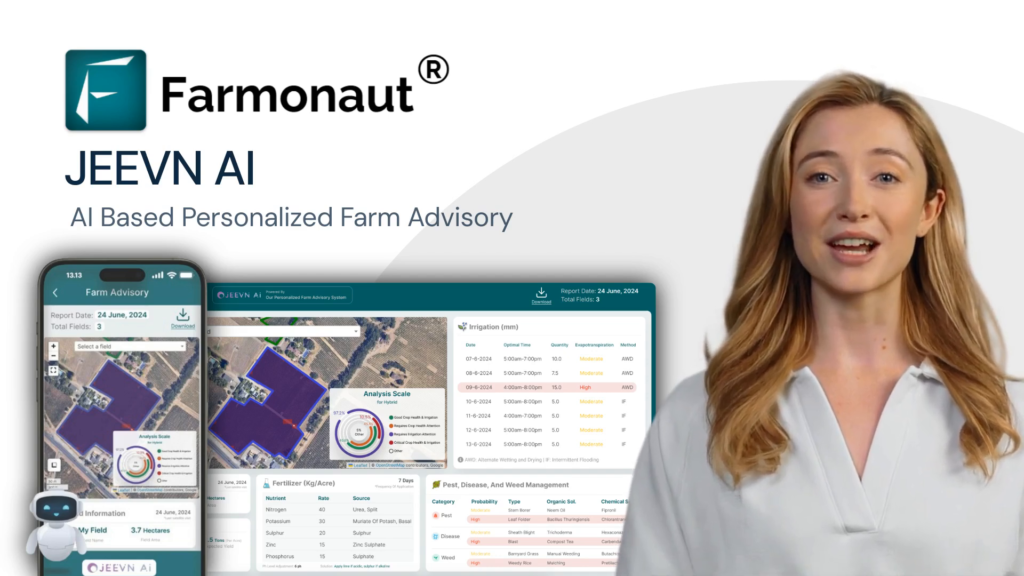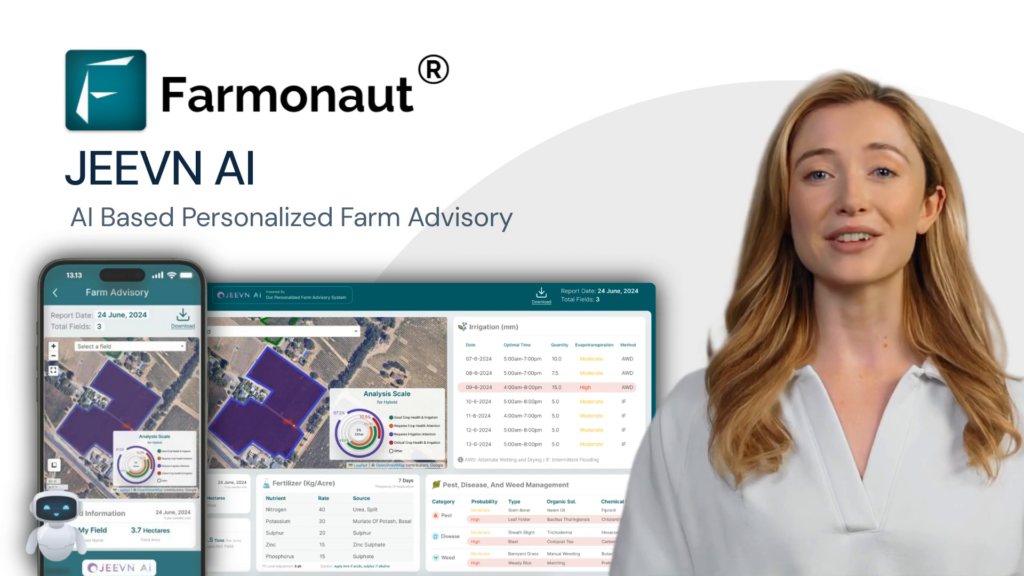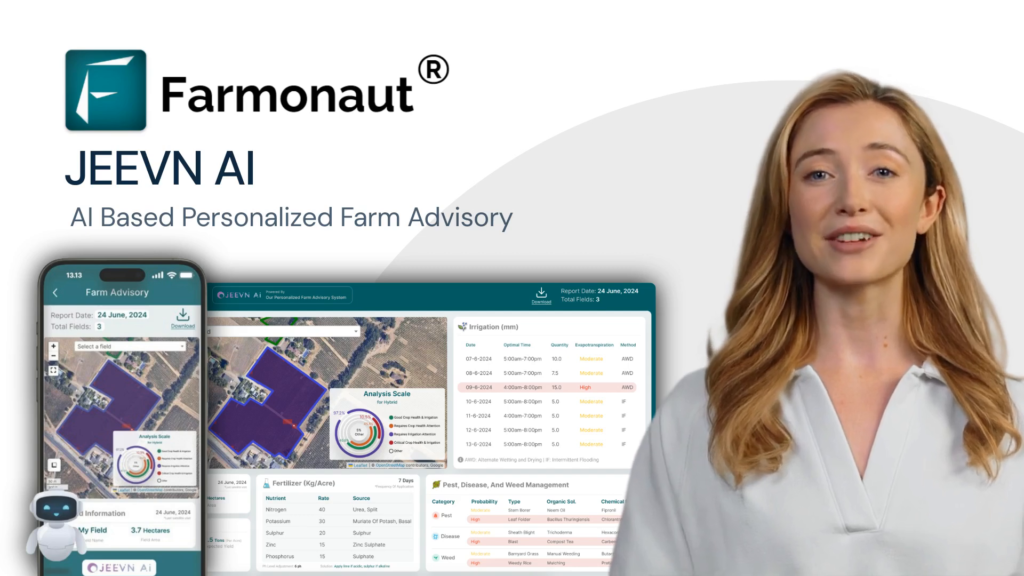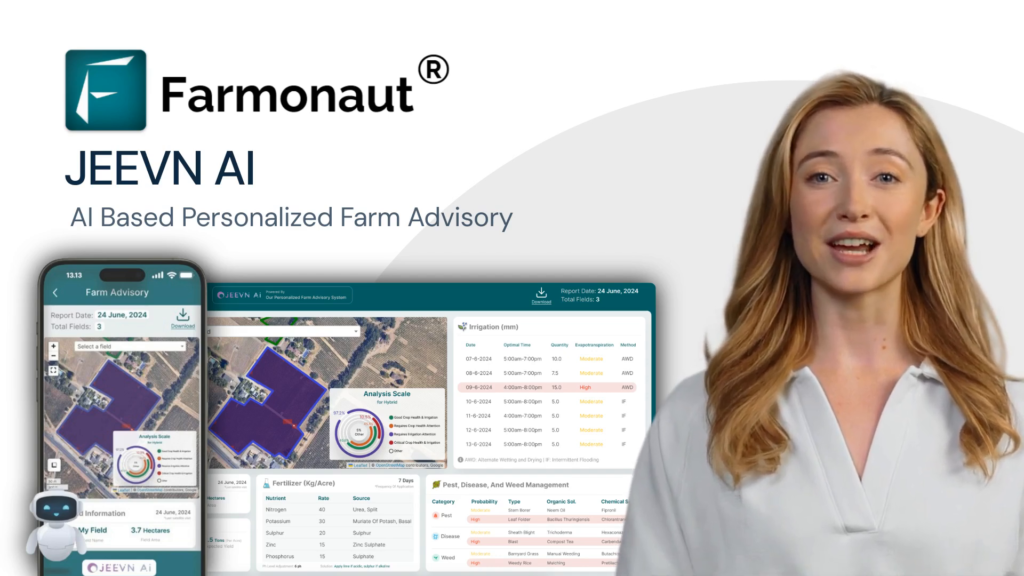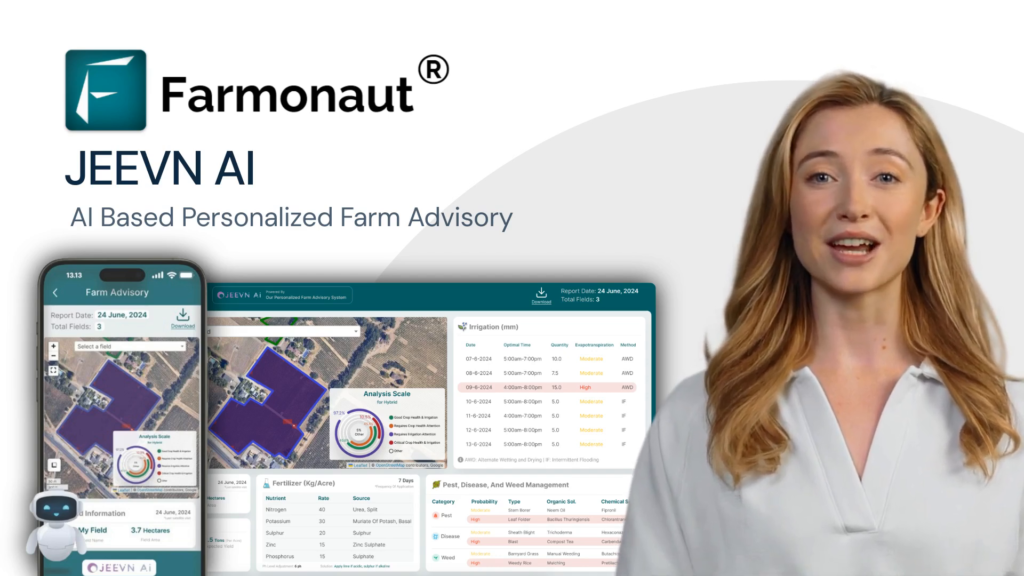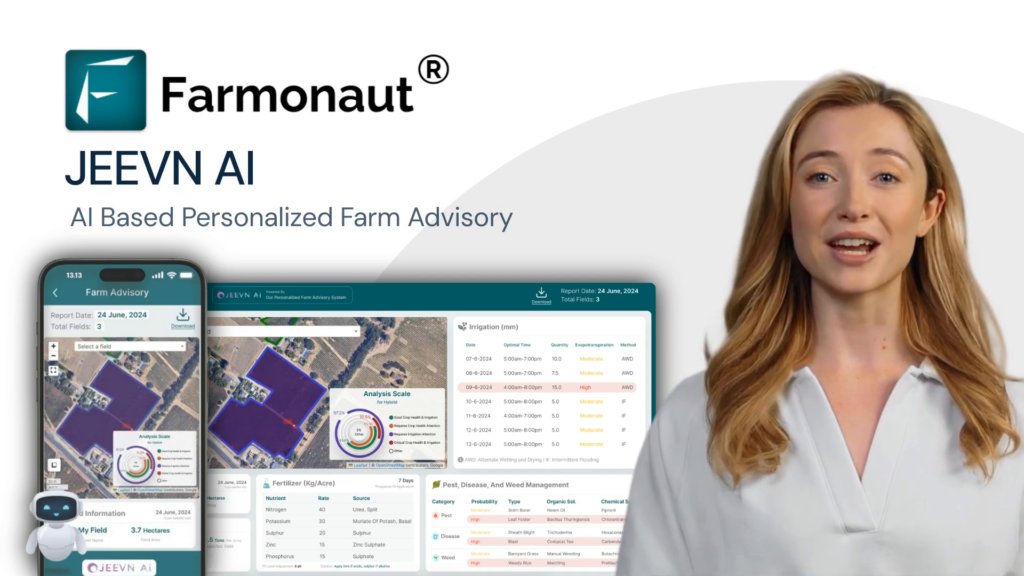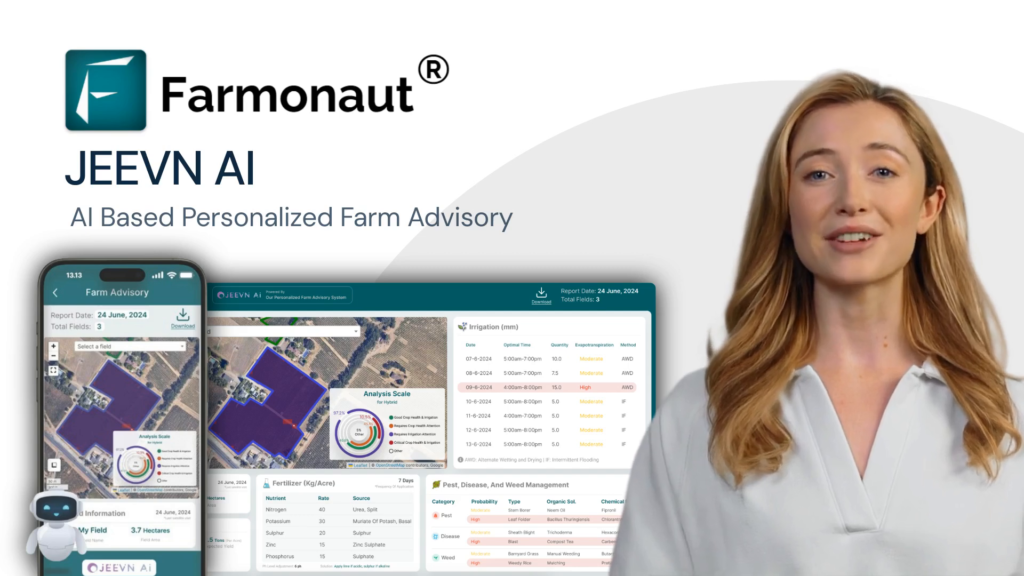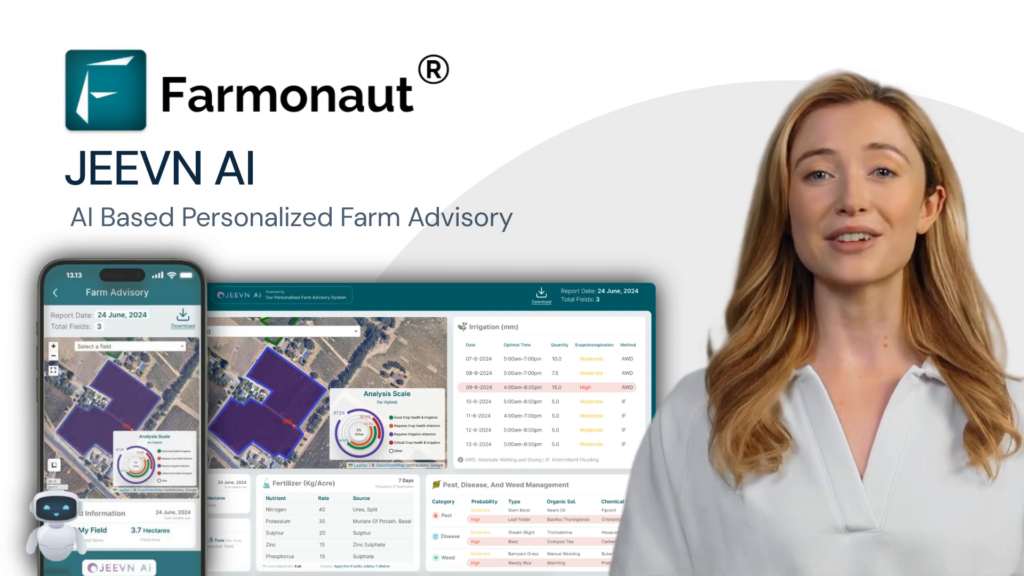Yakima Basin Integrated Plan: Extending Water Storage Deadlines for Conservation in Teanaway Community Forest
“The Yakima Basin Integrated Plan impacts 50,000 acres of land near Cle Elum, balancing water supply and conservation efforts.”
Welcome to our comprehensive exploration of the Yakima Basin Integrated Plan and its critical juncture regarding water storage deadlines in the Teanaway Community Forest. As we delve into this complex issue, we’ll uncover the intricate balance between water supply and conservation that shapes the future of Washington state’s vital resources.
Understanding the Yakima Basin Integrated Plan
The Yakima Basin Integrated Plan is a groundbreaking approach to water management that encompasses a wide range of objectives, including fish habitat restoration, water banking, and innovative storage solutions. At its core, this plan aims to address the pressing water needs of the region while preserving its natural beauty and ecological integrity.
One of the plan’s key components is the Teanaway Community Forest, a 50,000-acre expanse of land near Cle Elum that symbolizes the delicate balance between human needs and environmental conservation. This forest, purchased by the state for about $100 million in 2013, has become a focal point in the ongoing discussions about water storage and management in the Yakima Basin.

The Critical Deadline Extension
Currently, supporters of the Yakima Basin Integrated Plan are seeking to extend a crucial deadline for adding water storage. The original legislation that established the Teanaway Community Forest stipulated that if permits and funding for 214,000 acre-feet of water weren’t in place by June 30 of this year, the state board of natural resources would have the option to place the land into the common school trust.
This deadline has put pressure on stakeholders to accelerate their efforts in implementing water storage projects. However, the complexity and scale of these projects have made meeting the original timeline challenging.
Key Stakeholders and Their Roles
The Yakima Basin Integrated Plan involves a diverse group of stakeholders, each playing a crucial role in its implementation:
- State and federal government agencies
- The Yakama Nation
- Conservation groups
- Irrigators
- Municipalities in the region
These stakeholders have come together to create a multi-pronged water deal that addresses various aspects of water management in the basin. Their collaborative efforts are essential for the success of the plan and the sustainable future of the region’s water resources.
Water Storage Projects: Progress and Challenges
Several water storage projects are at the heart of the Yakima Basin Integrated Plan. Let’s explore some of the key initiatives:
1. Springwood Ranch Project
The Springwood Ranch project near Thorp is one of the promising water storage solutions being studied. Urban Eberhart of the Kittitas Reclamation District has reported that a feasibility study for this project is expected to be completed within the next few years. The project could potentially come online within the next decade, adding significant water storage capacity to the region.
2. Cle Elum Pool Raise
The Cle Elum pool raise is a project that’s already in progress and is expected to be completed by 2027. This initiative will increase water storage by 14,600 acre-feet and benefit flows for fish in the Cle Elum and Yakima rivers. It’s a crucial step towards meeting the water storage milestone set out in the original legislation.
3. Kachess Drought Relief Pumping Plant
The Kachess drought relief pumping plant is another significant project that’s part of the plan. It’s expected to add 200,000 acre-feet of water storage, making it a major contributor to reaching the 214,000 acre-feet goal. However, this project is currently undergoing further river flow and refill analysis to ensure its feasibility and environmental impact.
“The plan aims to secure 214,000 acre-feet of water storage, crucial for the region’s agriculture and municipalities.”
The Role of Technology in Water Management
As we discuss the complexities of water management in the Yakima Basin, it’s worth noting the role that advanced technology plays in modern agriculture and resource management. Companies like Farmonaut are at the forefront of this technological revolution, offering satellite-based farm management solutions that can significantly improve water use efficiency and crop health monitoring.
While Farmonaut is not directly involved in the Yakima Basin Integrated Plan, its technology represents the kind of innovative approaches that could complement large-scale water management efforts. By providing farmers with real-time data on crop health and soil moisture, such technologies can help optimize water usage at the individual farm level, contributing to overall water conservation goals.
Environmental Concerns and Conservation Efforts
While the water storage projects are crucial for meeting the region’s water needs, they also raise environmental concerns. Some environmental groups and homeowners have expressed opposition to proposals for increased water storage at Bumping Lake and Lake Kachess.
Chris Maykut of Friends of Bumping Lake has called for a performance audit on the Yakima plan before additional capital funding is provided. He argues that the return from the water storage projects may not offset their substantial cost.
However, supporters of the plan emphasize that conservation and water supply cannot be mutually exclusive. Brandon Parsons of American Rivers highlighted that connecting the Teanaway forest and the water supply milestone was a “political calculus” to keep conservation organizations engaged in the process.
The Teanaway Community Forest: A Symbol of Balance
The Teanaway Community Forest serves as a powerful symbol of the balance between water management and environmental preservation. Once slated for a large resort community, the forest is now a popular recreational area offering activities such as:
- Camping
- Hiking
- Horseback riding
- Hunting
- Off-road vehicle use
- Fishing
Phil Ridgon, natural resources superintendent for the Yakama Nation, emphasized the importance of the Teanaway in gaining trust from local residents for the water plan. The forest has also been the site of numerous fish restoration projects, highlighting its ecological significance.

Legislative Actions and Future Prospects
The state Senate has taken a significant step by unanimously approving a bill to extend the water storage deadline by another 10 years. This extension reflects the complexity of implementing large-scale water storage projects and the need for continued collaboration among stakeholders.
Larry Mattson, director of the Office of the Columbia River in the state Department of Ecology, acknowledged that developing new water storage projects in the Yakima Basin has proven to be costly and challenging. The additional time provided by the extension is crucial for overcoming these obstacles and ensuring the successful implementation of the plan.
Comparison Table: Yakima Basin Integrated Plan Key Components
| Component | Estimated Area/Volume | Primary Objective | Status |
|---|---|---|---|
| Teanaway Community Forest | 50,000 acres | Conservation and recreation | Implemented |
| Water Storage Projects | 214,000 acre-feet | Increase water supply | In progress |
| Fish Habitat Restoration | Various locations | Improve fish populations | Ongoing |
| Water Banks | N/A | Efficient water allocation | Implemented |
| Springwood Ranch Project | 21,000 – 68,000 acre-feet | Additional water storage | Under study |
| Cle Elum Pool Raise | 14,600 acre-feet | Increase storage and improve flows | In progress (completion by 2027) |
| Kachess Drought Relief Pumping Plant | 200,000 acre-feet | Drought mitigation | Under further analysis |
The Role of Technology in Modern Agriculture
While we focus on large-scale water management projects, it’s important to recognize the role of technology in improving water use efficiency at the farm level. Advanced agricultural technologies can complement the efforts of the Yakima Basin Integrated Plan by helping individual farmers optimize their water usage.
For instance, satellite-based farm management solutions offered by companies like Farmonaut provide valuable tools for crop health monitoring and resource management. These technologies use multispectral satellite imagery to assess vegetation health, soil moisture levels, and other critical metrics, enabling farmers to make informed decisions about irrigation and resource allocation.
While Farmonaut is not directly involved in the Yakima Basin project, its technology represents the kind of innovative approaches that could support water conservation efforts on a broader scale. By providing real-time data and AI-driven insights, such platforms can help farmers reduce water waste and improve overall farm productivity.
Balancing Agriculture and Conservation
The Yakima Basin Integrated Plan exemplifies the ongoing challenge of balancing agricultural needs with environmental conservation. The plan’s multifaceted approach, which includes water storage projects, habitat restoration, and conservation efforts, demonstrates the complexity of modern water management.
As we move forward, it’s clear that success will depend on continued collaboration among all stakeholders. The extension of the water storage deadline provides an opportunity to refine and implement strategies that meet the region’s water needs while preserving its natural resources.
Looking to the Future
The Yakima Basin Integrated Plan represents a forward-thinking approach to water management that could serve as a model for other regions facing similar challenges. By combining large-scale infrastructure projects with conservation efforts and leveraging modern technology, the plan aims to create a sustainable water future for the Yakima Basin.
As we continue to monitor the progress of this ambitious plan, it’s clear that the lessons learned and strategies developed in the Yakima Basin will have far-reaching implications for water management practices across the United States and beyond.
The Role of AI in Agriculture and Water Management
As we look to the future of water management and agriculture, it’s impossible to ignore the growing role of artificial intelligence (AI). AI technologies are increasingly being used to optimize resource use, predict weather patterns, and improve crop yields. In the context of water management, AI can help analyze vast amounts of data to make more accurate predictions about water needs and availability.
For example, AI-powered systems can analyze satellite imagery, weather data, and historical trends to provide precise recommendations for irrigation schedules. This level of precision can significantly reduce water waste while improving crop yields. While not directly related to the Yakima Basin Integrated Plan, these technologies represent the kind of innovative approaches that could complement large-scale water management efforts in the future.
Conclusion: A Collaborative Path Forward
The Yakima Basin Integrated Plan stands as a testament to the power of collaboration in addressing complex environmental and resource management challenges. By bringing together diverse stakeholders, from government agencies and tribal nations to conservation groups and local farmers, the plan has created a framework for sustainable water management that balances human needs with environmental conservation.
As we move forward, the success of this plan will depend on continued cooperation, adaptive management, and the integration of new technologies. The extension of the water storage deadline provides an opportunity to refine strategies, address concerns, and ensure that the plan’s implementation aligns with the best interests of all stakeholders.
The Yakima Basin Integrated Plan is more than just a water management strategy; it’s a blueprint for how communities can come together to address complex environmental challenges. As we face increasing pressures on our water resources due to climate change and population growth, the lessons learned from this plan will be invaluable for regions around the world grappling with similar issues.
By continuing to invest in innovative solutions, foster collaboration, and prioritize both human needs and environmental conservation, we can create a sustainable water future not just for the Yakima Basin, but for communities everywhere.
FAQ Section
- What is the Yakima Basin Integrated Plan?
The Yakima Basin Integrated Plan is a comprehensive approach to water management in the Yakima Basin, Washington. It includes water storage projects, fish habitat restoration, water banks, and conservation efforts. - What is the significance of the Teanaway Community Forest?
The Teanaway Community Forest is a 50,000-acre area near Cle Elum that symbolizes the balance between water management and environmental conservation. It’s a key component of the Yakima Basin Integrated Plan. - Why is there a need to extend the water storage deadline?
The deadline extension is necessary because developing new water storage projects has proven to be costly and challenging, requiring more time to implement effectively. - What are some of the main water storage projects in the plan?
Key projects include the Springwood Ranch Project, Cle Elum Pool Raise, and Kachess Drought Relief Pumping Plant. - How does the plan address environmental concerns?
The plan incorporates fish habitat restoration and conservation efforts alongside water storage projects to balance environmental needs with water supply requirements.
Earn With Farmonaut: Affiliate Program
Earn 20% recurring commission with Farmonaut’s affiliate program by sharing your promo code and helping farmers save 10%. Onboard 10 Elite farmers monthly to earn a minimum of $148,000 annually—start now and grow your income!





